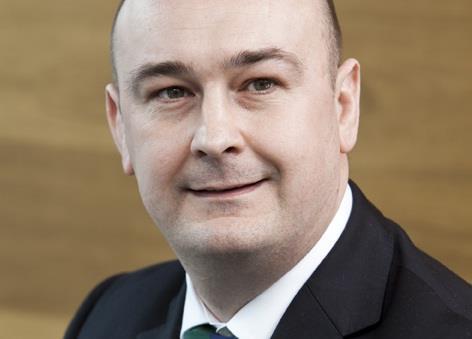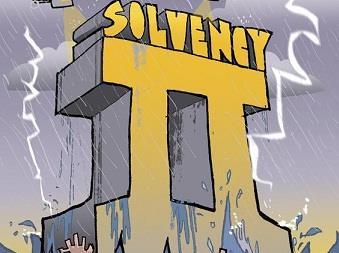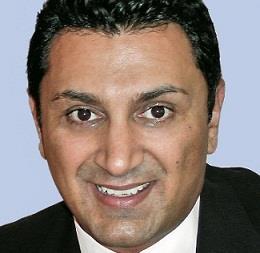Legal & General’s GI chief operating officer on the insurer’s challenges and plans for the future

Legal & General’s new general insurance chief operating officer Rob Regan speaks to Insurance Times about his career to date, the insurance market and the challenges he faces.
What is your career history?
I spent the last two years running the Lloyd’s Banking Group GI (general insurance) direct personal lines business. Essentially it was home, motor, pet and travels, and anything to do with the internet or telephony. I spent the last three years bringing together Halifax and Lloyd’s. I joined Lloyd’s in 2004 working in continuous improvement and jumped around a number of different roles through operations and ran call centres, and ended up as a director of the personal lines business in the direct space. Prior to that, I spent a short time in consulting. My background is that I am an electrician by trade so I literally spent a number of years working on building sites. I then spent some time working for Sony UK as an engineer. That was the catalyst really for my career - when I was an engineer and turned up with my tool box that fixing things was really rewarding and very tangible. What I realised through the continuous improvement route was that you could achieve materially more through others.
What parallels can you draw between manufacturing and insurance?
Each of my moves within manufacturing, into consultancy and then into financial services were always with a very purposeful route into a bigger leadership role. Leadership is no different in financial services than it is in manufacturing, in understanding the value stream from a customer’s perspective. Everything I have ever done and been successful at in financial services has always been achieved through applying the same approach and methods. If you are thinking about home insurance and the claims value stream you can draw immediate parallels.
What is your view on the market?
The market, in spite of the really austere times, has remained relatively consistent, particularly in home, which is our core competency, for a period. Price comparison is the one real significant change over that period, probably in motor first. I don’t personally believe that home will ever become as commoditised as motor seems to have, but it’s certainly tracked along the same type of path. I also think we’ll see a slowing of growth potentially online.
What are the biggest challenges you face?
I think product diversification is important for us. We are heavily biased towards home underwriting, therefore we are naturally exposed to very big events even though we are very happy in terms of having a solid reinsurance programme, our pricing for the long term and our use of capital very efficiently. We have got a really challenging and significant growth ambition, so we are looking to double the size of the business over the next three years in premium terms. By the end of the year we are hopeful to have a pet, travel and high net worth offering. So we are aiming for a really strong strategy to diversify and create a broad suite of offerings, which I think will make us more competitive and appealing in affinity deals. One of my personal challenges is that I really want to dispel the myth that ‘outstanding’ and ‘efficient’ are at opposite ends of the spectrum.
What are the benefits of being part of a composite?
I see that as one of the appealing things. I genuinely believe that Legal & general insurance has significant growth potential. With Tim (Breedon) and Nigel (Wilson) there are group level strategic objectives to significantly growth the GI business because of the capital efficiency of being part of a composite. I think we distribute one in 10 of all UK mortgages and we have got both the landlord and home cover so we have got a fantastic opportunity to leverage that, which is relatively unique.
What impact has Solvency II had on the business?
My personal view of Solvency II is that it is just the way you should run your business. We are very comfortable with that as an approach and with the transparency it offers around capital usage. All of our plans are on track to deliver in terms of our internal model approval.
What are your plans for the future?
I have been around four months now, during which time I have made some changes to the leadership team. The principle aim is to have fewer, bigger roles at the senior direct reporting level, so we have basically gone from a team of eight to a team of six. Three of those roles were vacant and one has already been appointed and offers are out for the other two, so by mid-September I will have a very different looking team. Overall I have really tried to strengthen the core capabilities. We have the aspiration to be a £600m premium business and we need people that can help us deliver transformational change over the next two or three years. I am now looking to really focus on two or three key areas – claims is absolutely our priority. We are pretty keen to explore motor distribution in 2013 and are about to kick-off some at the latter part of the year.
Hosted by comedian and actor Tom Allen, 34 Gold, 23 Silver and 22 Bronze awards were handed out across an amazing 34 categories recognising brilliance and innovation right across the breadth of UK general insurance.














































No comments yet